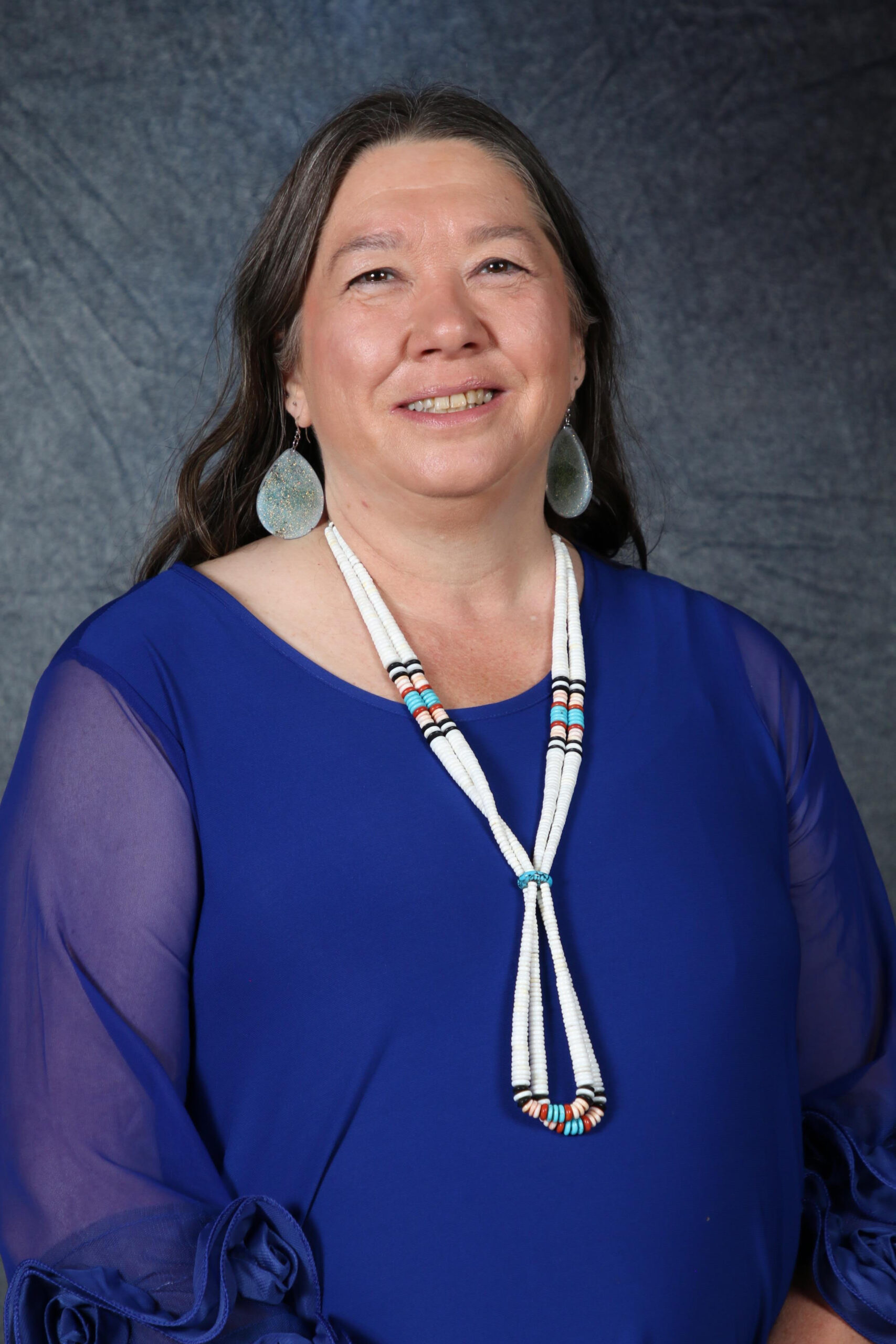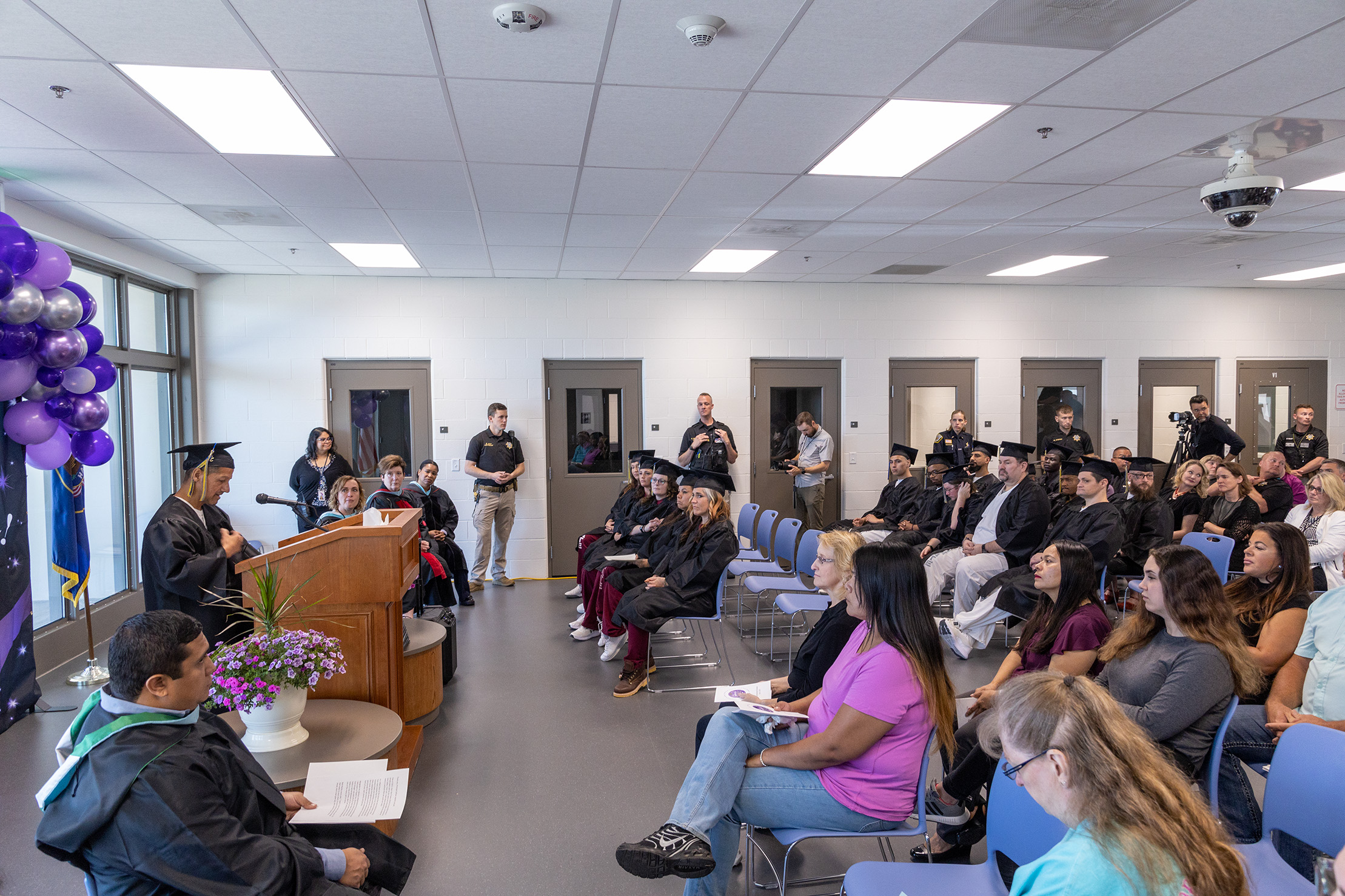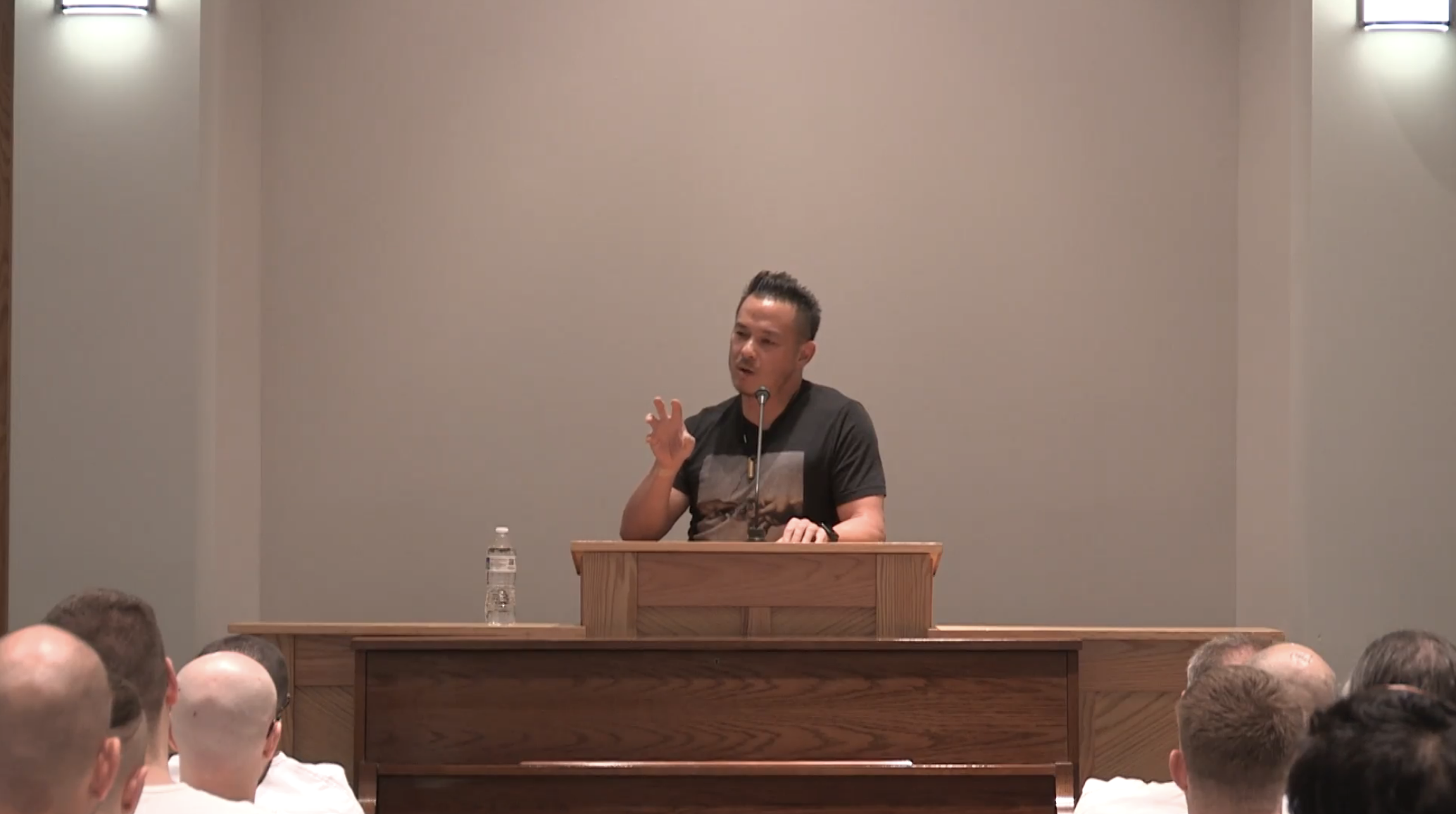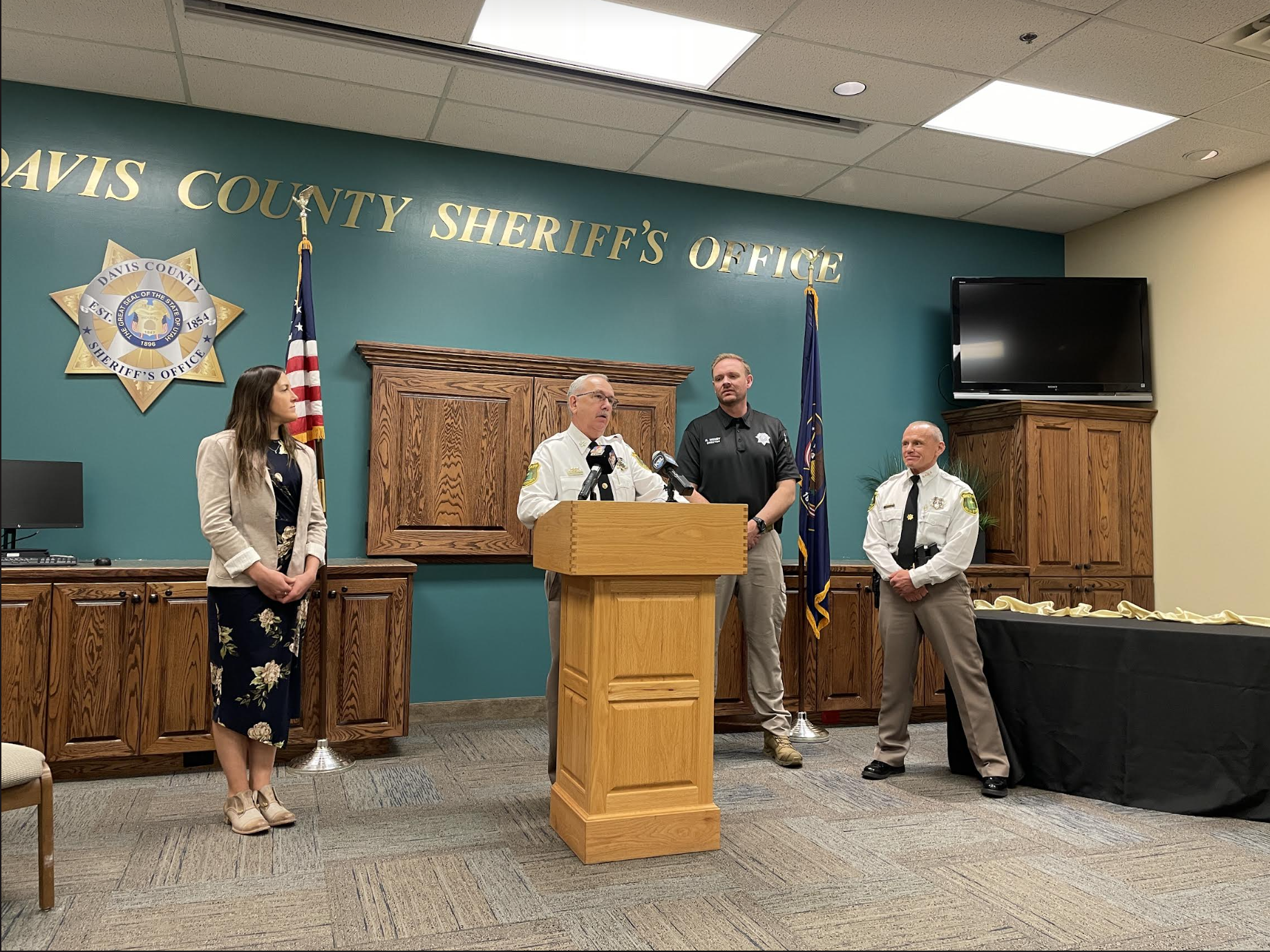
Karen Tapahe
Public Information Officer
[email protected]
1.801.560.7608
Welcome to the Utah Department of Corrections press shop. Here you can stay up-to-date on press releases, blog posts and more communication coming directly from our office.

July 7, 2023
Incarcerated Women “Chalk the Walk” as part of their rehabilitative journey to release back into the community
Chalk on a walkway in a Utah neighborhood? Pretty common. Chalk on a walkway . . . in a Utah prison? OK, that’s new. Women in the Elevate program at the Utah State Correctional Facility spent a part of Tuesday, June 26, drawing on the concrete between the Dell and Emerald housing units, which comprise the majority of the women’s

June 17, 2023
First high school graduation ceremony since 2020 was held recently at CUCF
It was a graduation ceremony three years in the making. Literally. The first high school graduation ceremony since 2020 was held recently at the Central Utah Correctional Facility in Gunnison. Officials from the Central Utah Academy celebrated not only the 29 graduates from the Class of 2023, but also took the time to highlight the 14 graduates from 2021 and

June 6, 2023
38 students recognized at Utah State Correctional Facility’s inaugural high school graduation
Salt Lake City, UT – Utah State Correctional Facility’s (USCF) inaugural high school graduation saw 38 incarcerated students, ranging in age from 22 to 56 years old, earn their high school diplomas during an event Monday hosted by the Utah Department of Corrections (UDC) and Salt Lake City School District. The graduation took place at the facility’s main visiting area,

May 24, 2023
Utah Entrepreneur Dan Young speaks to Incarcerated Individuals at Central Utah Correctional Facility
On Thursday, May 18, 2023, The Central Utah Correctional Facility (CUCF) hosted Dan Young, CEO of Utah-based companies PC Laptops and Xidax Computer, who inspired incarcerated individuals while speaking on how he achieved success in business and life. Drawing from his own experiences, Young spoke about the significance of integrity, energy, and education for achieving financial success. He also
May 14, 2023
UPDATE: 05/14 NORMAL OPERATIONS RESUME: Utah Corrections provides update on temporary Correctional Facility Lockdown
Earlier today, a fight involving multiple incarcerated individuals occurred in the restricted housing unit of the Utah State Correctional Facility (USCF), resulting in injuries. Two individuals were transported to the hospital with one individual being admitted for further treatment. No staff members were injured during the incident. To ensure the safety and security of everyone involved, the Utah Department of

March 29, 2023
Pre Service Academy Class 331: Ready To Serve
The Utah Department of Corrections Training Academy continues to prepare new officers and deputies for careers in corrections. The latest to join the ranks include 35 cadets who graduated recently from Pre Service Academy 331. Of the total, 16 will go to county jails throughout the state, 6 will become part of the Adult Probation and Parole division, and The remaining 13

March 22, 2023
UDC and Davis County Expand Programming and Reentry Services for Parole Violators
The Utah Department of Corrections, in coordination with Davis County Sheriff’s Office, announced the expansion of opportunities for programming and reentry services to address individuals’ risk factors when they return to prison for parole violations. The goal is to reduce core criminogenic risk factors for those who violate parole. Individuals who violate parole represent the largest admission group for the

February 3, 2023
Utah Corrections and Attorney General’s Office Team Up to Rescue Sex-Trafficked Girl
Agents from the Utah Department of Corrections’ Division of Adult Probation and Parole have located a missing juvenile girl from Arizona, arresting a Utah man in the process. On Jan. 31, AP&P agents received information from Arizona involving a missing girl and a possible connection to Jordan Sorenson, who was convicted in June 2020 of first-degree felony aggravated sexual extortion

September 2, 2022
Corrections provides update on medications following transition to new records system
With support from the Utah Department of Health and Human Services (DHHS) and the Department of Government Operations (DGO)/Division of Technology Services (DTS); the Utah Department of Corrections (UDC) completed a comprehensive medical records review Thursday. This effort included an assessment and update of every incomplete medical record that came through during a transition to a new Electronic Healthcare Records

August 19, 2022
UDC addressing technical challenges in transition to new electronic records system
The Utah Department of Corrections was slated in February to migrate to a new electronic records system that will improve operations overall; however due to delays with the contractor, the data migration began during the move to the new prison. We are now experiencing some technical challenges with that transition. Our medical team is working around the clock to address